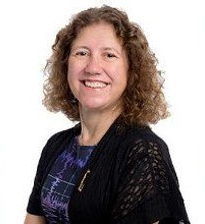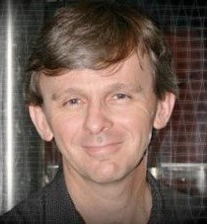Optics Luminaries Honored at 2017 National Academy of Sciences 154th Annual Meeting
Rebecca Andersen
.png?t=638222571319373352) |
 |
 |
| Stanley Whitcomb CalTech |
Gabriela González Lousiana State University |
David Reitze LIGO Executive Director |
Awarded every four years, the Henry Draper Medal honors a recent, original investigation in astronomical physics, of importance and benefit to science to merit such recognition. First awarded in 1886, past winners include optics pioneers such as George Ellery Hale, A.A. Michelson, Robert W. Wood and Charles E. Mees.
During his acceptance remarks, Stanley Whitcomb said, “Thank you very much for this great honor. Our discovery was made by more than 1,000 scientists, engineers, students working together for a long time. I am grateful for the opportunity to work on the LIGO project over the past 35 years and thank many of those who supported us along the way.”
The NAS Award for Scientific Discovery is presented every two years to recognize an accomplishment or discovery in basic research, achieved within the previous five years, that is expected to have a significant impact on one or more of the following fields: astronomy, biochemistry, biophysics, chemistry, materials science, or physics. Together with colleague Peter Saulson, OSA members Gabriela González and David Reitze received the 2017 award for their outstanding leadership of the large international LIGO Scientific Collaboration (LSC) project, bringing together all of the necessary elements (the instruments, data analysis, general relativity and astrophysics) for the first direct detection of gravitational waves.
Gabriela González noted, “It’s an honor to be here receiving this award. We thank the Academy and the award committee for this award which recognizes teamwork. This incredible result is due to an international collaboration that broke barriers – geographic, age, different institutions and cultures – together, we produce results.”
From the stage, Dr. David Reitze explained “Like my colleagues, I am deeply grateful to be recognized with this award. You will hear a common theme from those of us representing LIGO: it really is a team effort.”
After the awards ceremony, attendees joined a reception on the lawn of the NAS building. Many enjoyed meeting colleagues and taking pictures in front of the iconic Albert Einstein Memorial Statue. The memorial depicts Albert Einstein - often called the father of modern physics - seated on a bench of with a tablet inscribed with mathematical equations that summarize three of his most important scientific contributions: the photoelectric effect, the theory of general relativity, and the equivalence of energy and matter, all published in 1905 in three separate papers.
A century later, Einstein’s ‘Theory of General Relativity’ was proven true and those who did it wanted to share this moment of achievement with him.

Barry Barish, Stanley Whitcomb, Gabriela González, David Reitze, Peter Saulson
LIGO Scientific Collaboration
LIGO Scientific Collaboration
